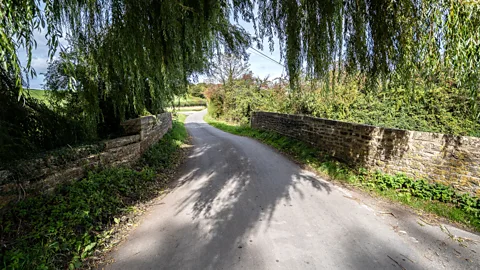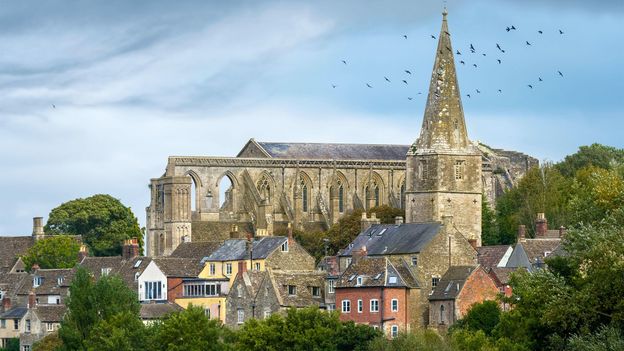Despite Athelstan’s victories, McAleavy’s not surprised the king isn’t a household name. History has forgotten countless Anglo-Saxon-era figures, including Athelstan’s own father who was also an influential warrior king. Anglo-Saxon history is murky at the best of times, and McAleavy believes that Alfred, who’s the only Anglo-Saxon king ever given the epithet “the Great”, simply had a better PR team than his successors.
 Richard CollettThe Athelstan Pilgrim Way winds through North Wiltshire’s countryside, linking historic churches and sites connected to England’s first king (Credit: Richard Collett)
Richard CollettThe Athelstan Pilgrim Way winds through North Wiltshire’s countryside, linking historic churches and sites connected to England’s first king (Credit: Richard Collett)
But the Athelstan Pilgrim Way, which links 36 churches in North Wiltshire, is reviving the king’s lost legacy. Launched in June 2024, the trail was created as part of the wider Athelstan 1,100 celebrations, which included archaeological digs, history lectures and in August 2025, an 11-day pilgrimage to Kingston-upon-Thames, approximately 100 miles away, where Athelstan was officially crowned in 925.
The Athelstan Pilgrim Way doesn’t go to Kingston-upon-Thames but is instead divided into six circular walks and two long cycling loops that traverse Malmesbury’s surrounding countryside. The first stage starts in Malmesbury Abbey, where I find Athelstan’s tomb beneath high Norman arches.
An intensely pious king, Athelstan’s reverence for Saint Aldhelm, the 8th-Century Abbot of Malmesbury, was one reason he wished to be buried here when he died in 939. The other reason, according to McAleavy, was political. While Athelstan’s ancestors were buried in Winchester, the traditional seat of Wessex royalty, Malmesbury sits right on the border between Wessex and Mercia. A symbolic signal, even in death, that Athelstan had been king of all the English.

